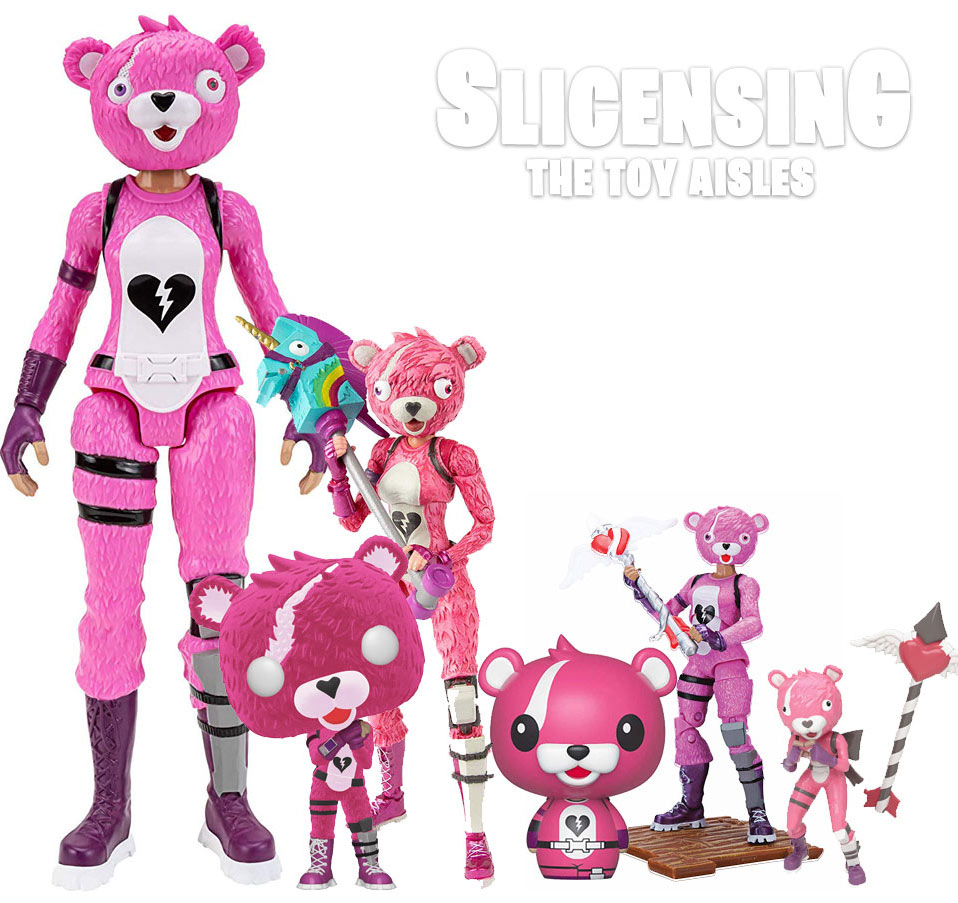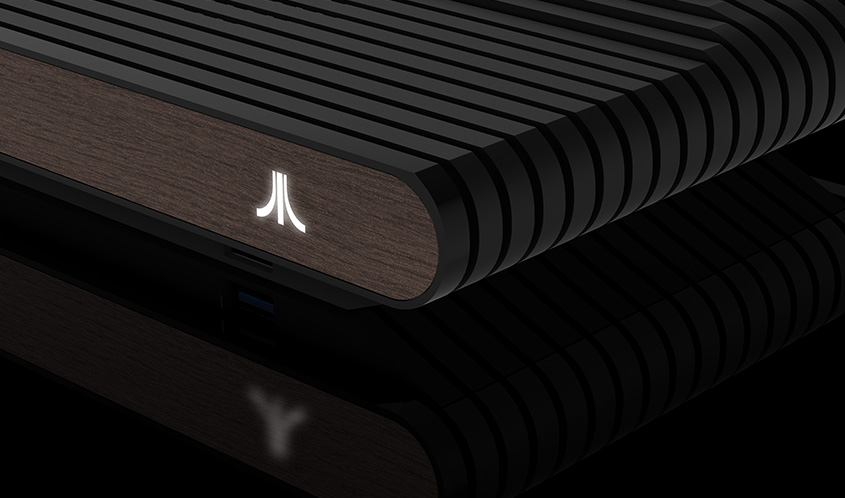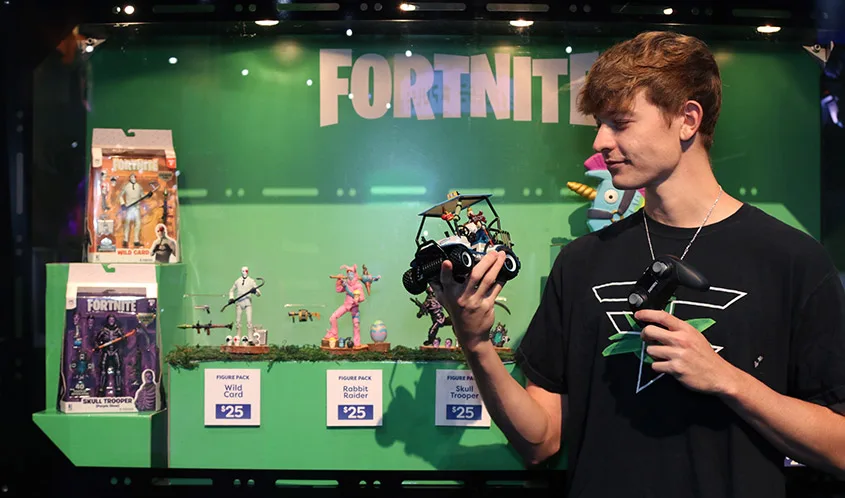Years ago, if a company had a hot license, they’d make a few solid deals in all of the major categories and call it a day. A master toy licensee might take on a full property, or the big sub-categories, such as dolls, action figures, and die-cast, would be assigned to a major player in each space. At some point, however, the pieces of the pie started getting smaller as licensors started slicing and dicing to cut as many players in on the action as they could.
Walk around the show floor at Toy Fair New York, and you’ll see it: the same brands in every aisle — some innovative, many not.
Is it good for the licensors and agents? Sure. But in recent years, “slicensing” has veered more toward being the norm than being the exception, and the results can be a mixed bag as intellectual property owners gamble with the potential for brand dilution and a loss of perceived value if overkill equals one of the most dreaded words: “clearance.”
In some cases, the slicensing has become so specific that multiple licensees are producing toys that are in competition with one another. And in other cases, some licensees might not even be 100% sure what they’re allowed to make.
When Epic Games’ Fortnite Battle Royale hit the scene in 2017, no one expected the online multiplayer game to grow as quickly as it did. In less than a year, the free-to-play Fortnite became a household name, with more than 125 million players worldwide and an income stream generating hundreds of millions in revenue each month thanks to in-game purchases. Ripe for licensing, Epic Games inked a deal with IMG to act as its agent for Fortnite. Within weeks, the licensing deals were being announced, and Jazwares took the lead as the master licensee with “true-to-game action figures” touted as one of many lines set to debut by the end of 2018. Within a month, additional Fortnite action figure lines were announced from Moose Toys and McFarlane Toys.

In just one sub-category, the license was sliced to give Moose Toys figures smaller than 3 inches, Jazwares figures at 4 inches and 12 inches, and McFarlane premium figures at 7 inches and 11 inches. From a collector standpoint, it can come down to different strokes for different folks, but for some kids, parents, and other toy buyers, the choice can be confusing and overwhelming.
Perhaps no other company out there deals with as many licenses as Funko, and Dolly Ahluwalia, vice president of licensing and business development for the company, believes that there is a place for nearly everyone.
“For the most part, most of our licensors try to make sure that everybody has their own lane,” she says. “And when you do see slicensing in the industry, there is usually a pretty good reason for it. In order to meet the needs of a consumer, you need multiple players. From a retail perspective, buyers need to be more prescriptive of what their customers’ needs are and work to make sure they have checked all the boxes.”
Funko is also in on the Fortnite action with a frequently expanding collection of 3.75-inch Pop! Vinyl figures, as well as Pocket Pop! Keychains and 1.5-inch Pint Size Heroes figures.

Over in the retro gaming space — which is exploding with activity — licensors, such as Atari, are becoming oddly specific — right down to the physical size of the cabinets on which its games are being played. Tastemakers’ Arcade1Up, for example, holds the exclusive license for Atari titles in the mid-size arcade cabinet category for machines in the 18-inch to 59-inch range. Meanwhile, AtGames features Atari titles on its 66-inch Legends Ultimate cabinet, while other manufacturers, such as Super Impulse, have titles licensed for micro-sized play.
“I think the biggest issue is that slicensing is clogging the market with a lot of ‘sameness,’” says Daniel Pickett, editor-in-chief of Action Figure Insider and former marketing manager at Gentle Giant. “I’m sure the intent is to foster some real innovation within the industry, but with the current climate in the collectible world, it is just generating a lot of too-similar product with just slightly different materials in slightly different scales,” he says.

You don’t need to look any further than the die-cast aisle to see just how many companies can be involved, sometimes even within the same scale. Aside from the multitude of automakers who license their vehicles for toys and collectibles, entertainment licenses are booming, leading to in-aisle competition. With just the Ghostbusters license alone, consumers can find versions of the Ecto-1 being produced by Mattel, Jada Toys, Round 2, and Playmobil.
As the toy and game industry continues to evolve in an age of changing retail channels and consumer tastes, perhaps it’s time to pull back and borrow from the wisdom of Dr. Ian Malcom (Jeff Goldblum) from the oft-slicensed Jurassic Park when it comes to how certain licenses are applied: Don’t be so preoccupied with if you could that you forget to stop and consider whether or not you should.
This article originally appeared in the February 2020 issue of the Toy Book. Click here to read more!

